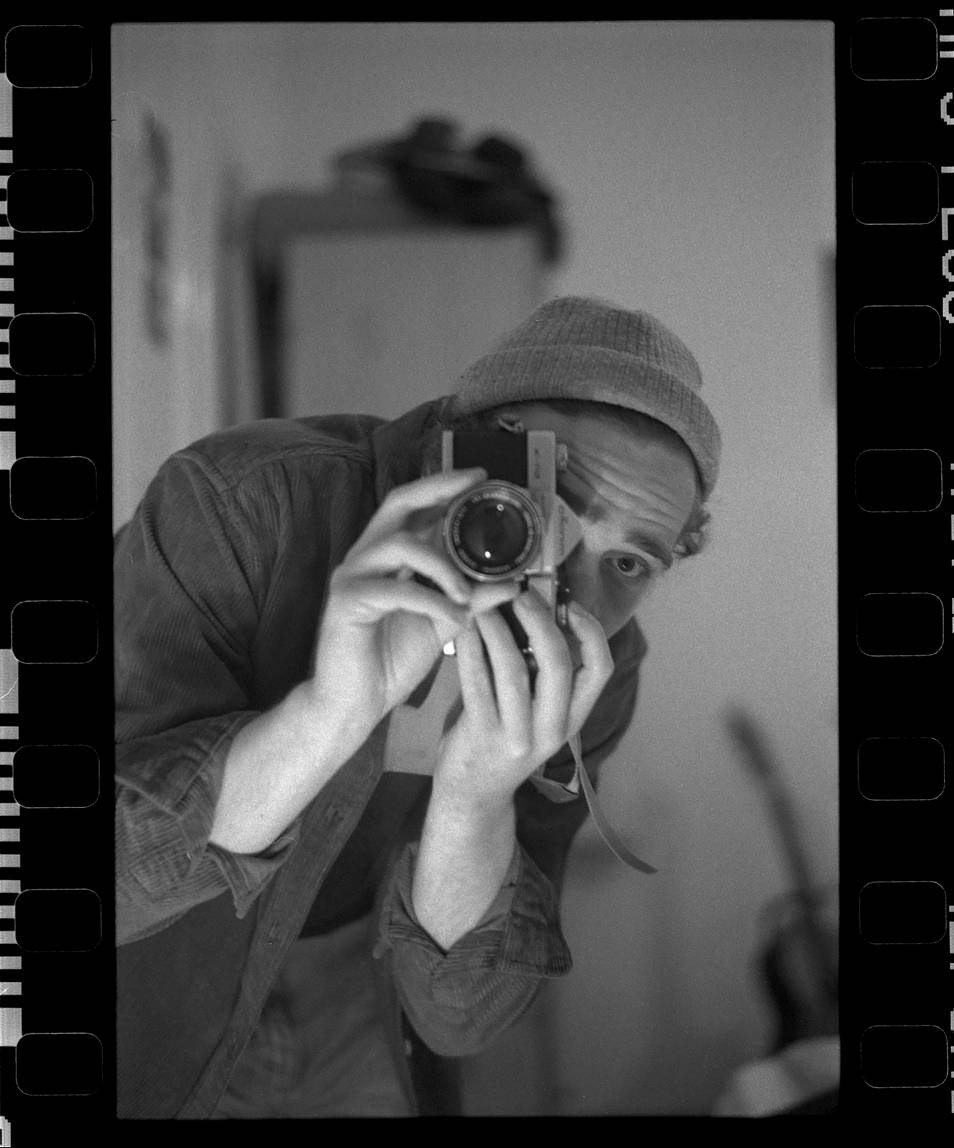Depending on the method you choose, you’ll need a few things to scan your film negatives effectively from the comfort of your home.
These may include:
- A digital camera with a macro lens or your smartphone, along with a tripod for stability.
- Scanning masks or film holders to keep your negatives flat.
- A flatbed scanner or a dedicated film scanner, depending on your preference and budget.
- A light table or LED panel to provide even backlighting for your negatives during scanning.
Additionally, you will benefit from photo editing software or apps. For computer scanning, software like Photoshop, Lightroom, and Negative Lab Pro are excellent choices. If you are scanning with your smartphone, numerous photo editing apps are available. Consider utilizing the free “Lomo DigitaLIZA LAB” tool accessible in your browser: https://lomography.tools/digitaliza/.
Methods for Scanning Film Negatives
1. Scanning with Flatbed or Dedicated Film Scanners
This is a widely adopted method where you will require film holders or scanning masks designed for use with either dedicated film scanners or flatbed scanners equipped with film scanning capabilities. Scanning masks, such as the DigitaLIZA 35 mm Scanning Mask, are particularly useful for easily positioning your 35mm film on a flatbed scanner. Masks are also available for 120 and 110 film formats. Alternatively, for a more manual approach, you can scan without a mask or holder by using anti-Newton ring glass placed over the film to ensure it stays flat during the scanning process.
2. Scanning with a Light Table or LED Panel
The use of light tables and LED panels for scanning film negatives has gained popularity. This method requires a digital camera with a macro lens, or a smartphone, and a tripod to hold your camera steady above the light source and film negative. The light table or LED panel provides a consistent and even backlight, which is crucial for capturing detailed and evenly exposed digital images of your negatives.
3. Utilizing Scanning Kits
Scanning kits, like the DigitaLIZA+ and DigitaLIZA MAX, offer another convenient approach. For DigitaLIZA+, you will need a digital camera with a macro lens. DigitaLIZA MAX simplifies the process further and is designed for use with just your smartphone, making it an accessible option for quick and easy film negative digitization.

